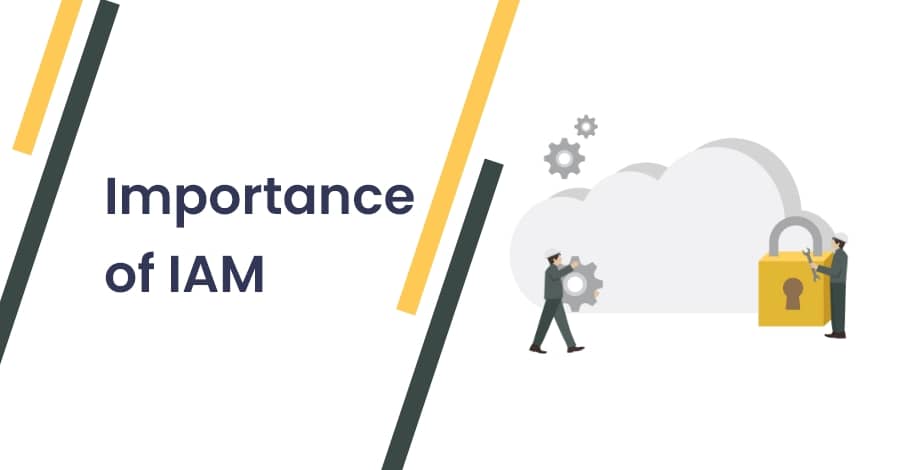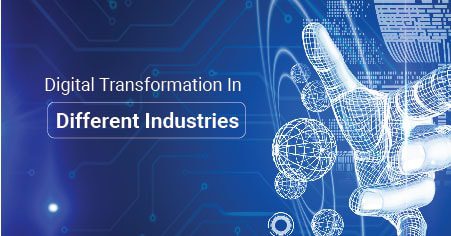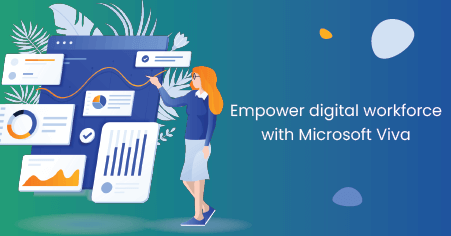
08 Feb The Difference Between Robotic Process Automation Vs API Integration
8 February 2024

In the dynamic landscape of digital transformation, the comparison between Robotic Process Automation (RPA) and API integration (API) stands as a pivotal discourse. RPA, characterized by automated, rule-based processes executed by software robots, contrasts with API integration, a method facilitating seamless communication between diverse applications. While RPA excels at automating repetitive tasks within a system, API integration fosters real-time data exchange between distinct software platforms.
The debate of RPA vs. API encapsulates the quest for efficiency, scalability, and adaptability in modern business processes. Understanding the nuanced strengths and applications of each technology is imperative in navigating the evolving realm of automation and integration.
What is RPA?
Robotic Process Automation, or RPA, is a groundbreaking technology that leverages software robots, or “bots,” to automate repetitive, rule-based tasks that would traditionally be performed by humans. These bots can seamlessly mimic user interactions with digital systems, from clicking buttons to entering data and performing calculations. RPA shines in processes with structured data and well-defined rules, significantly reducing manual effort and minimizing errors.
Examples of RPA:- Data Entry Precision: RPA bots excel in automating mundane data entry tasks, ensuring precision and accuracy that surpass human capabilities.
- Streamlining Invoice Processing: Bots adeptly extract information from invoices, validate it against predefined rules, and update relevant databases, revolutionizing the invoicing process.
- Accelerating Customer Onboarding: RPA simplifies and expedites customer onboarding by automatically updating information across various systems, enhancing customer experience.
- Swift Report Generation: RPA bots swiftly generate reports by pulling data from multiple sources, providing decision-makers with timely and accurate insights.
- HR Efficiency: RPA proves valuable in HR processes, handling tasks like employee onboarding, payroll processing, and leave management with efficiency.
- Responsive IT Support: Bots can be employed to address routine IT support tasks, including password resets and system troubleshooting, freeing up human resources for more complex challenges.
What are APIs?
Application Programming Interfaces, or APIs, are sets of protocols and tools that facilitate communication and data exchange between different software applications. APIs define the methods and data formats applications can use to request and share information, creating standardized channels for seamless integration.
Examples of APIs:- Seamless Social Media Integration: APIs enable applications to connect with social media platforms, allowing users to share content and log in using their social media credentials.
- Secure Payment Gateway Integration: APIs empower businesses to integrate payment gateways into their websites, ensuring secure and efficient online transactions.
- Real-time Weather Data: Many applications leverage APIs to fetch real-time weather information, providing users with up-to-date forecasts.
- Interactive Mapping Services: APIs like Google Maps grant developers the tools to integrate mapping and location services into their applications for a more interactive user experience.
- E-commerce Harmony: APIs facilitate seamless integration between e-commerce platforms, payment processors, and inventory management systems, streamlining operations.
- Cloud Storage Interoperability: APIs allow applications to interact with cloud storage services, offering users secure and efficient data storage and retrieval.
The Differences Between RPA and APIs:
While RPA and APIs share the overarching goal of automation, they operate in fundamentally different ways, each with its unique strengths and applications.
RPA operates at the user interface level, effectively emulating human interactions with applications. This approach doesn’t require access to the application’s source code, making RPA versatile and compatible with legacy systems that may lack APIs. However, its limitation lies in the fact that it’s tied to the capabilities of the user interface, restricting its suitability for tasks that demand complex decision-making or intricate data manipulation.
On the other hand, APIs operate at a foundational level, providing a standardized means for different software systems to communicate and share data. APIs are highly adaptable, fostering integration across diverse systems and offering a standardized way for applications to interact. They shine in scenarios where large-scale data exchange and interoperability are key requirements.
RPA Integration: How RPA and APIs Can Work Together
While RPA and APIs address different aspects of automation, there are instances where combining them results in a synergy that unlocks even greater automation potential. RPA can seamlessly handle repetitive tasks within user interfaces, while APIs facilitate smooth communication between different systems, creating comprehensive end-to-end automation solutions.
Consider a scenario where an RPA bot extracts data from an email attachment and populates a form within a user interface. Once the data is entered, an API can transmit that information to another system, such as a database or CRM platform. This collaborative approach ensures efficient and error-free data transfer between systems, harnessing the strengths of both RPA and APIs for optimal results.
When to Use API Automation and When to Use RPA Automation:
Choosing between API automation and RPA automation requires a nuanced understanding of the task at hand and the underlying systems involved.
Use RPA when:- The task involves repetitive, rule-based processes within a user interface.
- User interface interactions are necessary, and the application lacks API support.
- Rapid deployment is crucial, as RPA typically boasts a shorter implementation timeline.
- The task involves legacy systems or applications without API capabilities.
- The task involves data exchange between different software systems.
- Integration with third-party services or platforms is required.
- Real-time data synchronization is imperative.
- Scalability and flexibility in handling diverse data formats are essential.
Conclusion:
In the dynamic landscape of automation, Robotic Process Automation (RPA) and Application Programming Interfaces (APIs) emerge as powerful tools, each bringing its own unique strengths to the table. RPA excels in automating repetitive tasks within user interfaces, providing quick and efficient solutions for rule-based processes. APIs, on the other hand, facilitate seamless communication between diverse systems, enabling data exchange and interoperability on a broader scale.
Understanding the strengths and limitations of each tool is paramount for US businesses seeking to optimize their processes. Recognizing the synergies between RPA and APIs opens up opportunities for creating comprehensive automation strategies that address a broad spectrum of business needs. Whether opting for RPA, APIs, or a combination of both, US organizations are urged to implement a strategic call us to aligning automation solutions with their specific requirements and goals. As the digital landscape continues to evolve, staying agile and leveraging the right automation tools will be key to maintaining a competitive edge in the modern US business landscape.
Our Related Posts
Digital transformation in different industries
Digital technologies are dramatically reshaping business structures and models in all aspects to meet market change and business requirements…
Empower digital workforce with Microsoft Viva
Today, the primary objective most organizations are focusing on is towards achieving people productivity, work smartly in digital workplaces…
Is Your Organization Ready for Digital Transformation?
Organizations got reality checked during this disruption and organizations being digitally equipped has a high priority to thrive in the new reality ….





No Comments